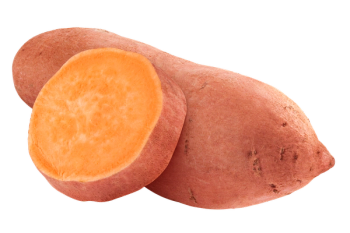
LC Columns for Biomolecule Separations
Analytical and nano scale Thermo Scientificâ„¢ Accucoreâ„¢ 150-C18 and 150-C4 columns are rugged and easy to use. The columns are designed to improve protein and peptide assay robustness by enhancing peak capacity and run times at moderate operating pressures.
Analytical and nano scale Thermo Scientific™ Accucore™ 150-C18 and 150-C4 columns are rugged and easy to use. The columns are designed to improve protein and peptide assay robustness by enhancing peak capacity and run times at moderate operating pressures.
The 150 angstrom pore diameter of the solid core particles are designed to provide the optimal combination of retention time and resolution for peptides and proteins. The Accucore 150-C18 has been further optimized for biomolecules and protein digests through bonding of C18 ligands onto the porous outer layer of the particles. The low hydrophobicity C4 ligand used in the Accucore 150-C4 column enables fast protein separations.
Advanced bonding technology produces excellent peak shapes through high bonding coverage and minimized secondary interactions. The automated packing processes produce uniform, tightly-packed columns which are robust and reproducible.
ref=http://info1.thermoscientific.com/forms/CMD_Accucore150_E861?ce=E.12CMD.CC119.G038650.00&gp=MOA-Media%20Online%20Adv> Learn more about Accucore HPLC columns for biomolecule separations
Newsletter
Join the global community of analytical scientists who trust LCGC for insights on the latest techniques, trends, and expert solutions in chromatography.





